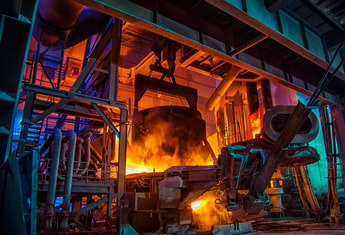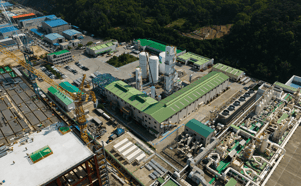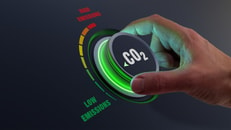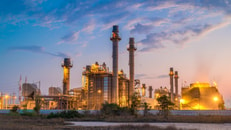US Steel inks landmark carbon capture deal with CarbonFree
Carbon capture technology pioneer CarbonFree has finalised an agreement with US Steel to capture and mineralise up to 50,000 metric tonnes of carbon dioxide (CO2) per year, equivalent to emissions produced by nearly 12,000 passenger cars each year.
The agreement will see CarbonFree building a plant fitted with its SkyCycle carbon capture solution at US Steel’s Gary Works Blast Furnaces to capture emissions from the hard-to-abate steel sector.
Once captured, the solution will convert them into a carbon-neutral version of calcium carbonate – a core component of paper and plastic, paint and building products.
With operations slated to begin in 2026, the project aligns with US Steel’s goal of reducing greenhouse gas emissions intensity 20% by 2030 and achieving Net Zero emissions by 2050.
... to continue reading you must be subscribed
























